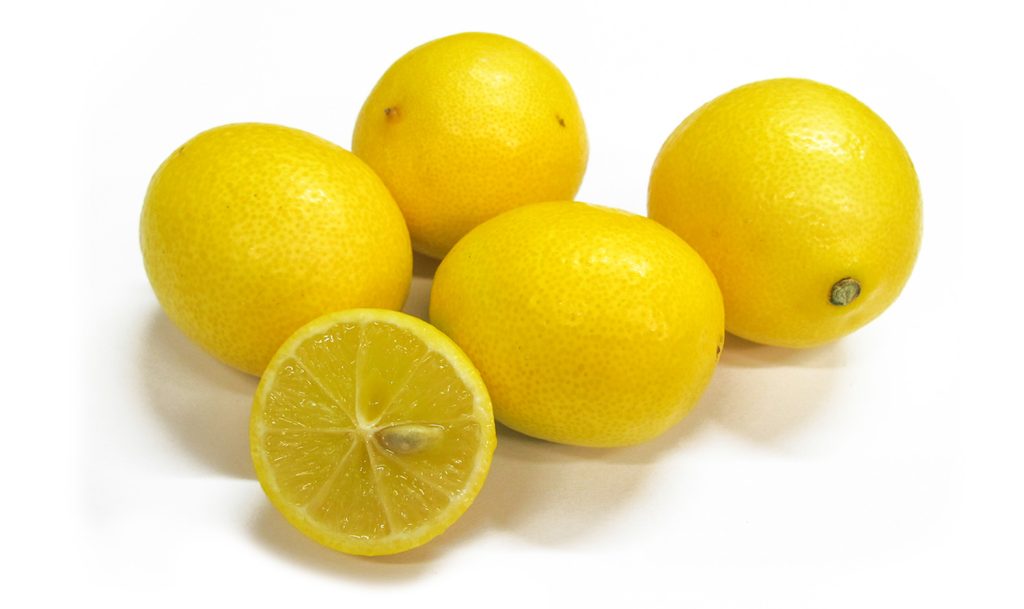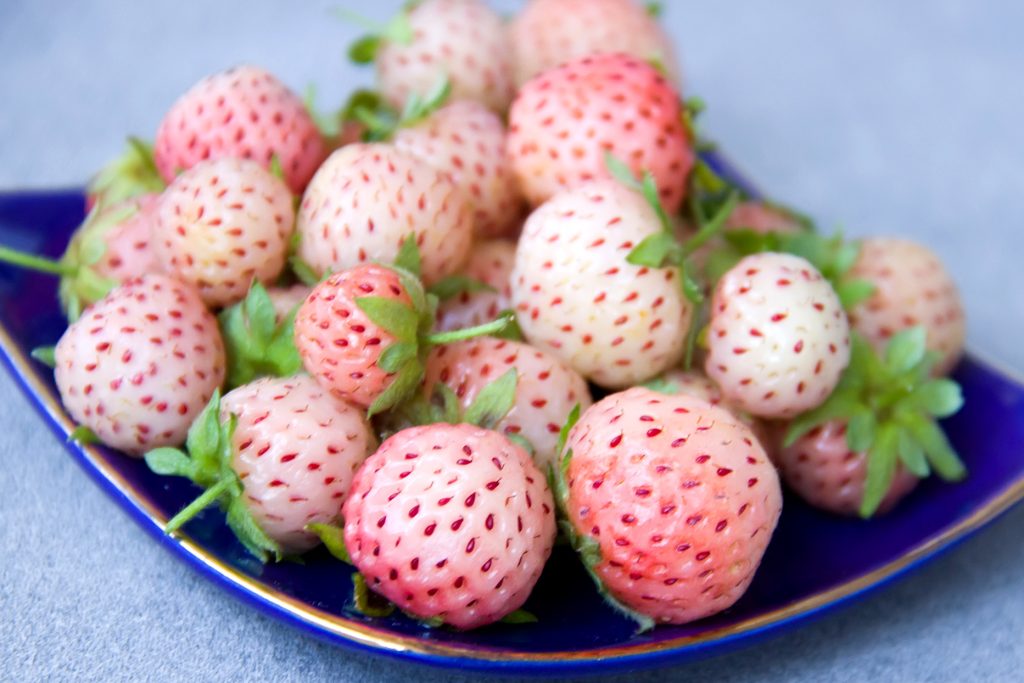The world of produce is full of genetic wonders (and sometimes anomalies) that is a result of mankind’s tinkering with nature. While non-gmo activists don’t want to eat produce, sometimes they have to accept the fact that ALL produce is a result of genetic modification.
The necessity to make modified produce is what solved food sustainability issues. Here are some of the results of crossbreeding different fruits. But if you want to play it safe, you can always opt for the fruit and snackbar of buffet places like Golden Corral.
1. Pineberry
Number one on our list is a white strawberry that tastes like pineapple. The pineberry is a reversal of strawberries – instead of a red fruit that has white spots, it’s white fruit with red spots. The scientific name of the pineberry is Fragaria x ananassa.
These fruits thrive in the cold winter. Gardeners should never ever try to cultivate these in the summer, as they will stop growing. They grow anywhere from 15 to 23 mm in length, smaller than a regular strawberry.
Pineberry is expensive due to its resistance to disease, and they have been produced in small farms from both Europe and North America.
2. Limequat

This is the only fruit on our list which has an edible skin. Yes, you read that right. The skin is actually better tasting than its pulp. The limequat is a hybrid of a kumquat and a Key lime, both of which belong to the same genus.
On a side note, fruits can only be bred if they’re at least one generation close to each other – it means that two species can be hybridized, provided they share genetic similarities.
Not a lot of people actually consume limequats, with most preferring to use the rinds and the juice as complementary ingredients to cocktails and fruit salads.
3. Plumcot
Ever dream of eating plums but you don’t want a bitter after taste on your tongue? Genetic scientists and farmers have successfully hybridized two fruits that don’t have the awful qualities of both.
The apriplum or plumcot (or sometimes, pluot) is a fruit that is a result of crossbreeding plums and apricots. This isn’t a new hybrid, though. Apriplums and plumcots have existed for hundreds of years, and they’re found in farms that grow both of the fruits.
They have several varieties, with some having a dominant apricot flavor, while others leaning towards plum. There are over 40 variations of the plumcot fruit, and it would take the whole article if we were to list every single one of them.
4. Loganberry
Two decades before entering the 20th century, full time horticulturist and judge James Harvey Logan was surprised to see the result of his blackberry experiments. Logan was initially aiming for better blackberries, but the proximity of raspberries to the blackberries produced what is now known as the loganberry.
Loganberries are similar in appearance to blackberries but it features a bright red skin instead of a dark one. Loganberries are huge – their normal size is equivalent to the largest blackberries, while being able to ripen at an early age. This results in a fruit that is easy to produce commercially, however, harvesting is labor intensive, which gives a premium on its price.
5. Blood lime
The last hybrid fruit on our list is a snack worthy of vampires. The bloodlime is a fruit with deep red rind and grows from very beautiful plants that can be used for interior or exterior design.
The blood lime is sweeter albeit smaller than limes. They also thrive in soil with high salt concentrations. The blood lime has its origins in Australia. It was a result of a project that aimed to develop produce that would thrive in salt-laden environments.
The blood lime is one of several hybrid citrus fruits in the world. Most hybrid fruits come from the citrus family, and they’re easily one of the most cultivated fruit products in the world.
What do you think of this list? Do you have other hybrid fruits in your backyard you’d like to show the world. Let us know in the comments section below!
